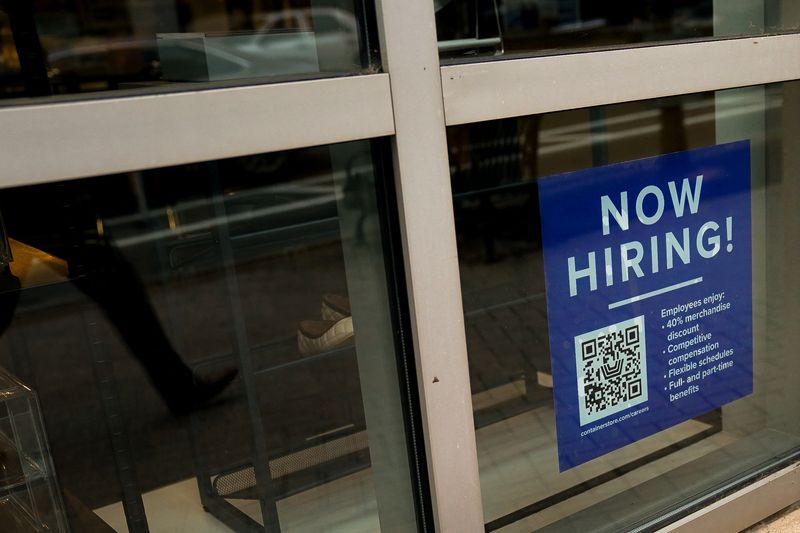Decision making
The moment you step into a leadership role, you become a decision-maker. Fortunately, many decisions have fairly obvious solutions. Others, though, can be serious puzzlers—and what you decide today may have widespread ramifications on you, your company, your employees, your customers, and other stakeholders tomorrow. In those situations, you want to be able to proceed with confidence and clarity, but that’s not always a simple task.
One thing’s clear: You don’t want to get caught in a perpetual cycle of analysis paralysis. That’s a surefire way to have decisions made for you by default, and those decisions often don’t turn out too well. Therefore, you need to come up with a framework to make decisions that works for you every time, no matter the circumstances.
There isn’t any one-size-fits-all decision-making process that will serve every leader. You need to invent the one that makes the most sense based on everything from your position to your leadership style. To help you construct a decision-making pattern to follow, take a look at how some successful entrepreneurs tackle their toughest conundrums and successfully make the hardest decisions of their careers.
1. Look at the problem from a fresh perspective.
Like so many other leaders, Donna Byrd’s whole business plan was upended in 2020. As the founder at BlueButterflyByrd and her team were about to launch their one-stop, digital funeral-planning site when the pandemic struck. As she explains, after a year of building her business’s website and strategy, she had to put a halt to everything because the global shutdowns had made BlueButterfly’s original business model obsolete.
In the face of such dire circumstances, Byrd decided to reimagine everything. Instead of putting forth in-person product offerings, her employees came up with designs for virtual funerals. Though these designs were within the same industry, Byrd and her coworkers had to use different skill sets and look at everything anew.
“We gathered and assessed both the greatest pain points and needs for our audience; evaluated the myriad ways we could build something elegant, meaningful, and long-lasting for our customers; and identified resources that could help us bring the new plans to life,” says Byrd.
Her decision to start fresh paid off. BlueButterfly is now a leading innovator in the funeral industry because its offerings make last goodbyes more accessible and affordable for clients. And it’s all been possible because Byrd enabled and empowered her direct reports to completely rethink everything.
2. Do what’s difficult but right for the long-term of the business.
The second example of decision-making also stems from another fallout of COVID-19, which was the restriction on global travel. Robert Hoffman, the CEO of Xchange of Americawas in Seoul when he first heard of a virus spreading around the world. Immediately, he was reminded of similar outbreaks but somehow knew that this was going to be a massive issue. It was an especially difficult realization given that his business focuses on providing foreign currency exchange services.
Within a week, he made what he calls an “impossibly difficult” decision. After evaluating how the evolving scenario could affect Xchange of America’s operations, he decided to close nine physical locations of his company. Hoffman describes his decision-making at that moment as one of “critical intuition.”
“My decision-making style in this situation could be described as ‘critical intuition,’ as I didn’t have time to gather large amounts of data to review… and I had to act quickly,” Hoffman says. “I had to make decisions based on limited information, my experience in the industry, knowledge of international travel regulations, and predictive modeling.”
Though the calls to employees and commercial real estate landlords were painful, Hoffman is glad he made instant moves rather than waiting. Many of his competitors didn’t take such proactive stances, whereas Hoffman ensured his brand survived.
3. Resist the temptation to find the “perfect” solution.
In his position as CEO of MongooseDave Marshall leans into imperfections with his three-step decision-making process. When faced with difficult situations, he first de-escalates the ramifications by asking himself, “Is this a decision that would be hard to undo?” He points out, “The truth is that not many are… even those that seem to be.”
Next, he empowers his team members to make decisions so everyone can voice their opinions and work together. Finally, he acts wholeheartedly no matter what the decision is, as long as the decision is the right one for the time.
“I’ve never gone wrong when I recognized that no decision-maker (or decision made) is perfect—and they don’t need to be,” advises Marshall. “Perfection isn’t the goal. I opened up opportunities to learn when I sold my first company, and similarly, I opened up opportunities to learn when I decided not to sell my second company. At the end of the day, both of those decisions are perfectly fine with me.”
Your next head-scratcher may come later today, tomorrow, or not until next month. But you can be sure it’s coming. The more ready you are to embrace a decision-making protocol that you feel comfortable with, the less likely you’ll be to toss and turn at night.
Note: This article have been indexed to our site. We do not claim legitimacy, ownership or copyright of any of the content above. To see the article at original source Click Here













